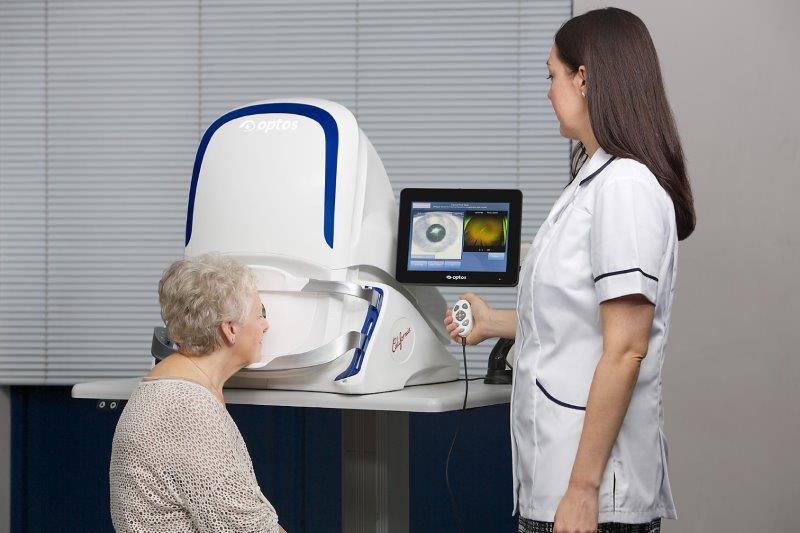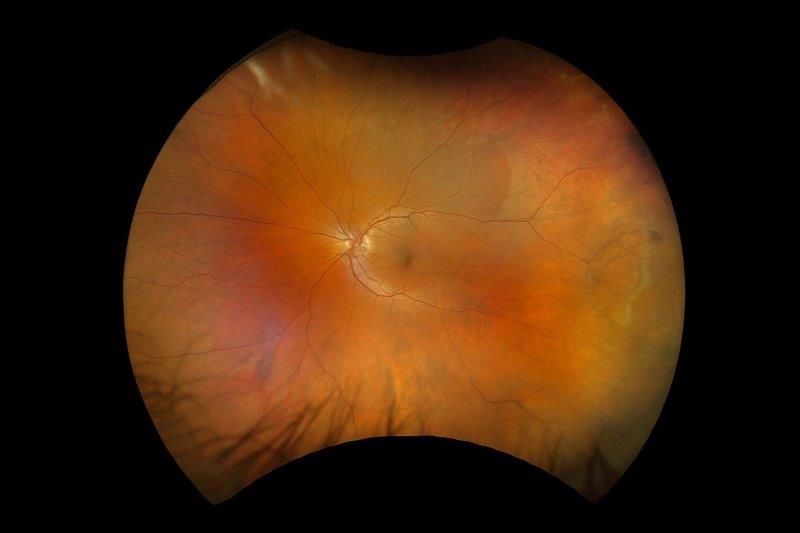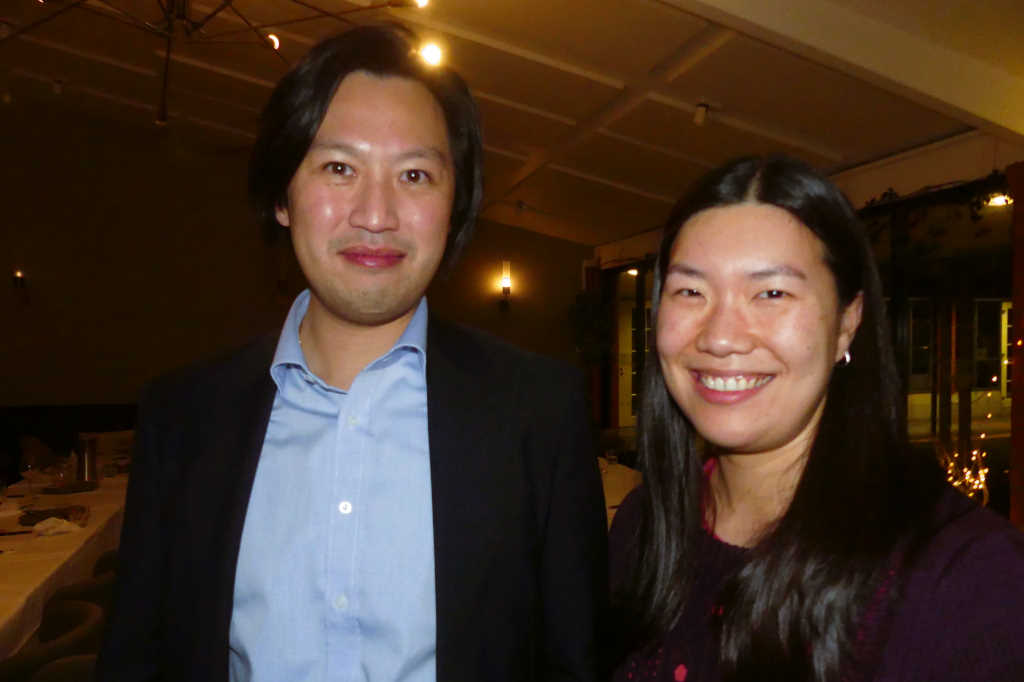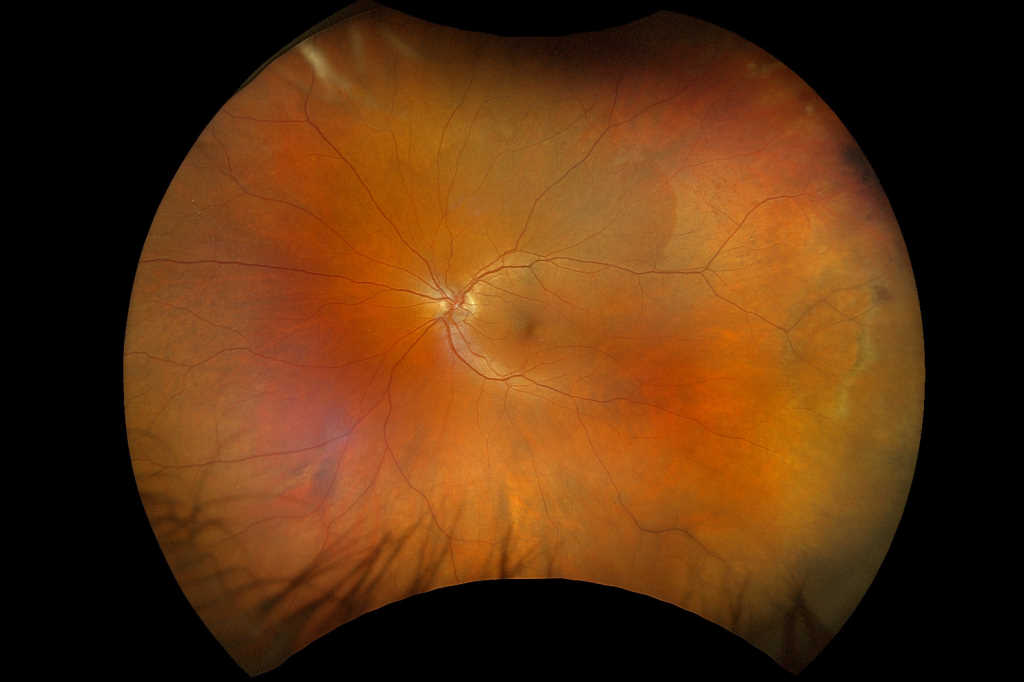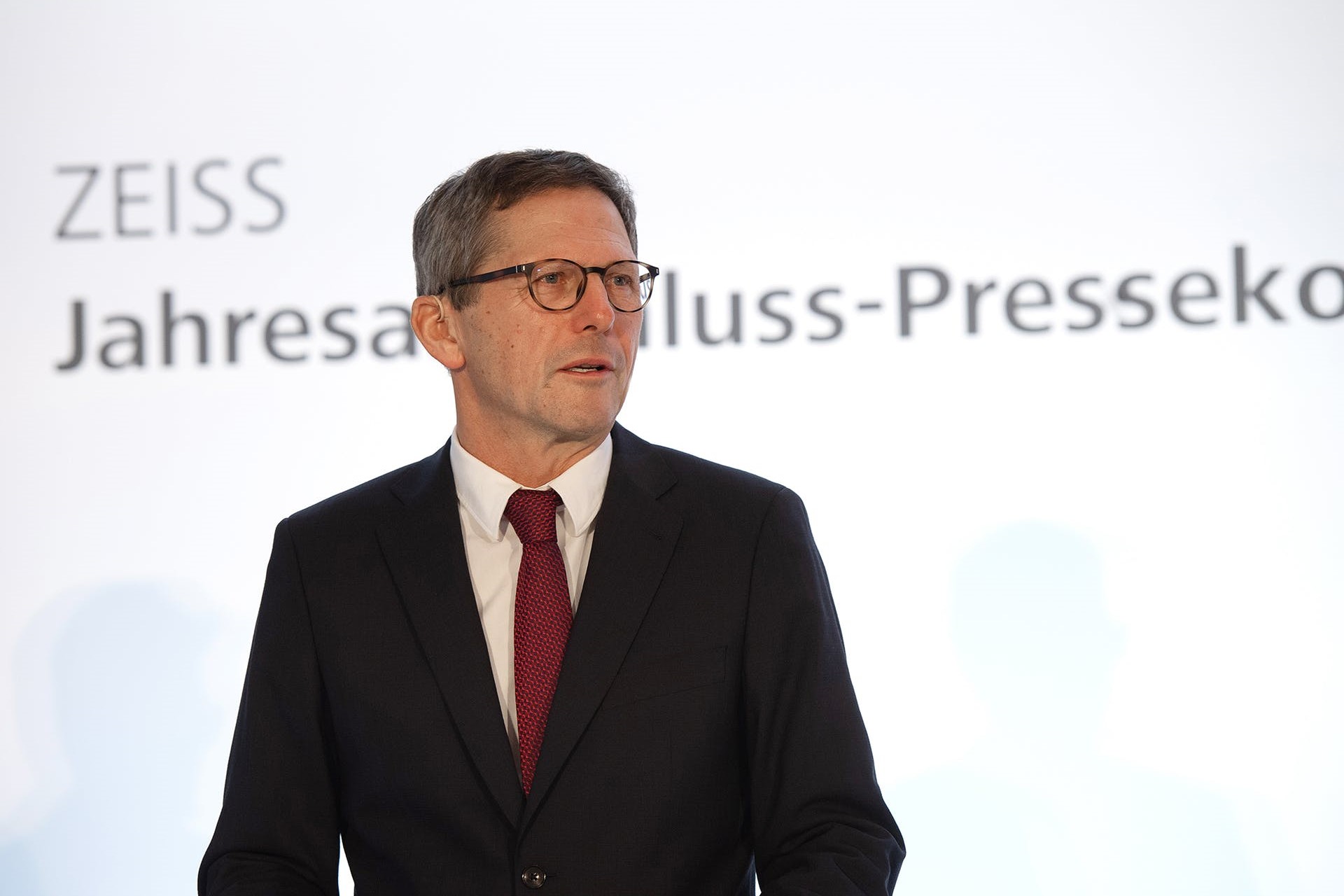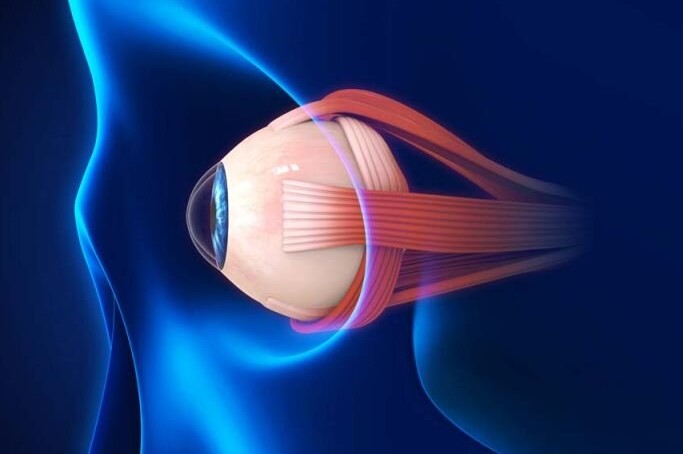SPONSORED: Factors driving retinal imaging tech adoption
The implementation of leading technology, such as Optomap high-resolution 200° ultra-widefield (UWF) retinal imaging, increases the speed of diagnosis and the amount of information provided in a clinical setting1. Multimodality features can visualise vitreoretinal, retinal and choroidal layers from posterior pole to periphery and include integrated optical coherence tomography (OCT). There are a range of devices available to suit the needs of any practice, from retinal specialists to refractive surgeons.
Transformative Optos technology supports early detection, treatment and ongoing therapeutics, bringing much required efficiencies to community patient pathways. Advanced eyecare technology also helps with educating patients about potential health issues, which can lead to an increase in patient loyalty through the provision of excellent eyecare.
Optos has now added a blue laser to the standard image generated by red/green lasers to create a single composite red/green/blue (rgb) optomap image. This makes it possible to now collect four individual image types with a single capture, saving time while collecting more information to assist in patient care.
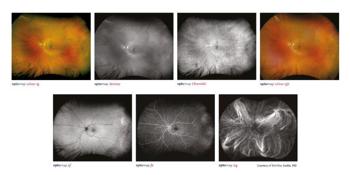
A requirement to improve the standard of eyecare is a significant factor driving the adoption of innovative technology. Not only does expert patient advice help educate patients, the return for a practice that embraces retinal imaging significantly improves the bottom line.
An investment for your patients and your practice
Optos imaging technology provides ophthalmologists with bigger and better images and far more clinical information to better treat and educate their patients. This helps facilitate the early detection, management and effective treatment of disorders and diseases found in the retina, including retinal detachments and tears, glaucoma, diabetic retinopathy, age-related macular degeneration and geographic atrophy.
Investment in advanced technologies, like Optos, also helps doctors overcome business challenges, such as attracting new patients, retaining staff who wish to embrace and use cutting-edge technology and providing better returns on investment by improving efficiencies. These efficiencies include expediting patient wait times and supporting swifter diagnoses2. Embracing Optos technology innovations also provides a more patient-friendly experience, as 200° UWF-retinal imaging can be captured in high-resolution in less than half a second4.
The positive impact of advanced retinal imaging
- 33% reduction in patient visitor time
- 7% more patients seen by eyecare professionals
- 66% pathology captured outside of traditional fundus cameras
- Up to 82% of the retina is seen compared to an industry standard 15%, with multimodality features provided by Optos devices that include Optomap
- Giving more information to doctors and their patients to save sight and lives
References
- The Impact of ultra-widefield Retinal Imaging on Practice Efficiency; US Ophthalmic Review, 2017
- AOP, March 2023, NHS backlogs are leading to life-changing sight loss Widefield Patient Care; EAOO, 2016.
Visit optos.com to learn more, or email our team auinfo@optos.com for more information.









